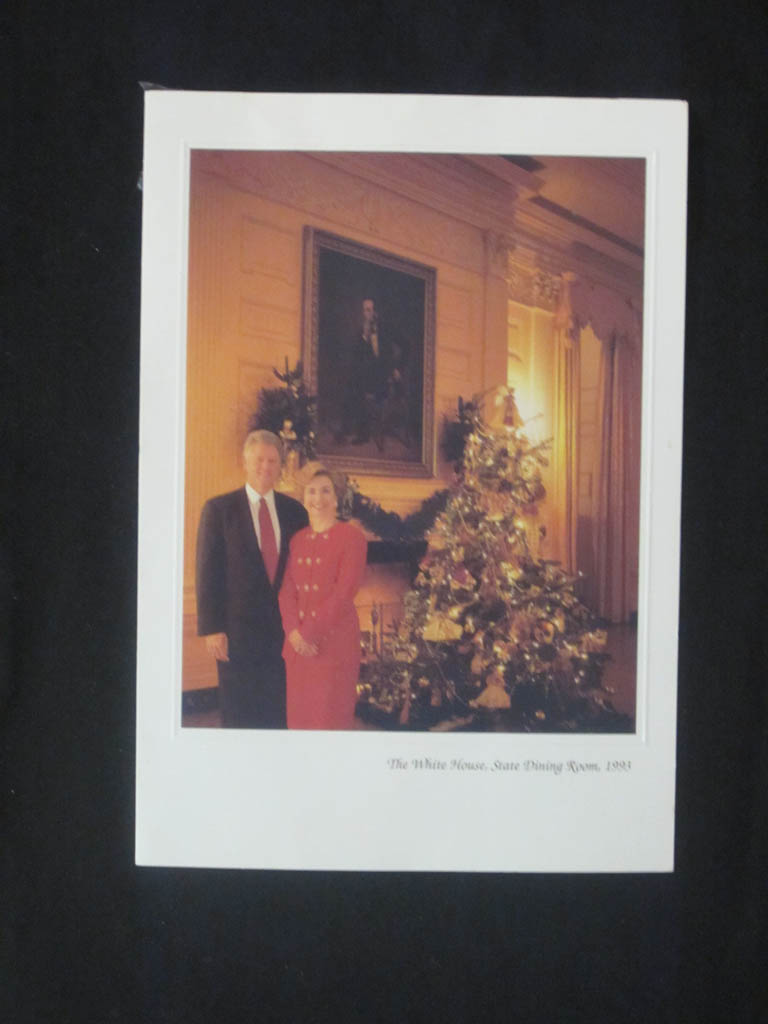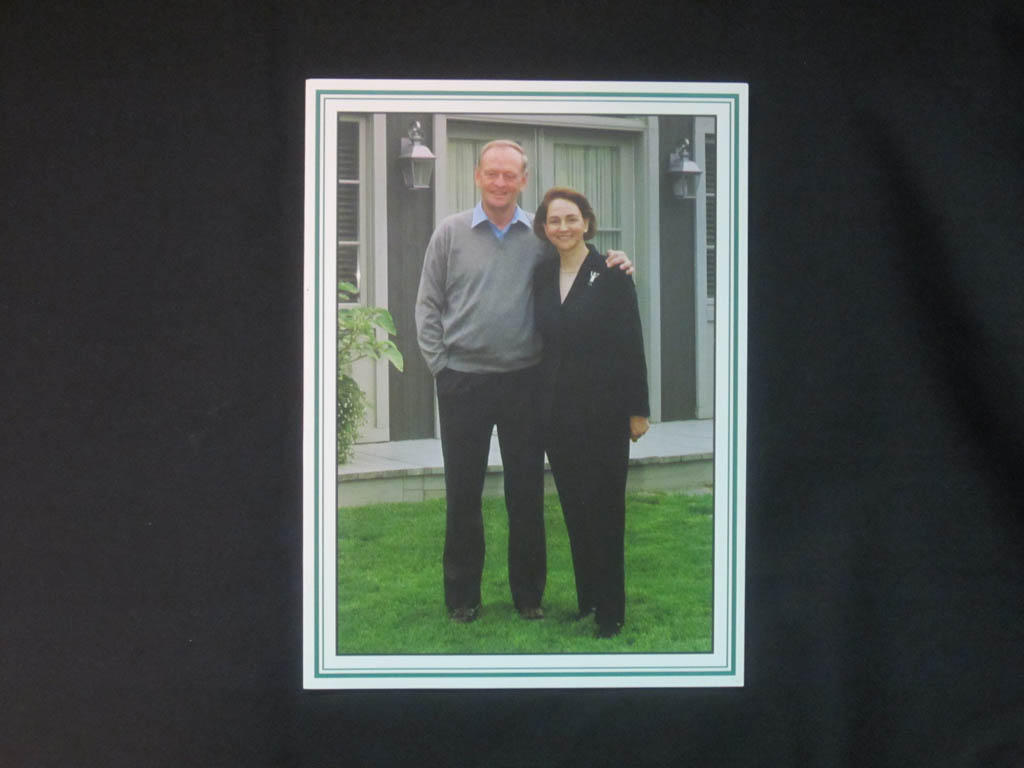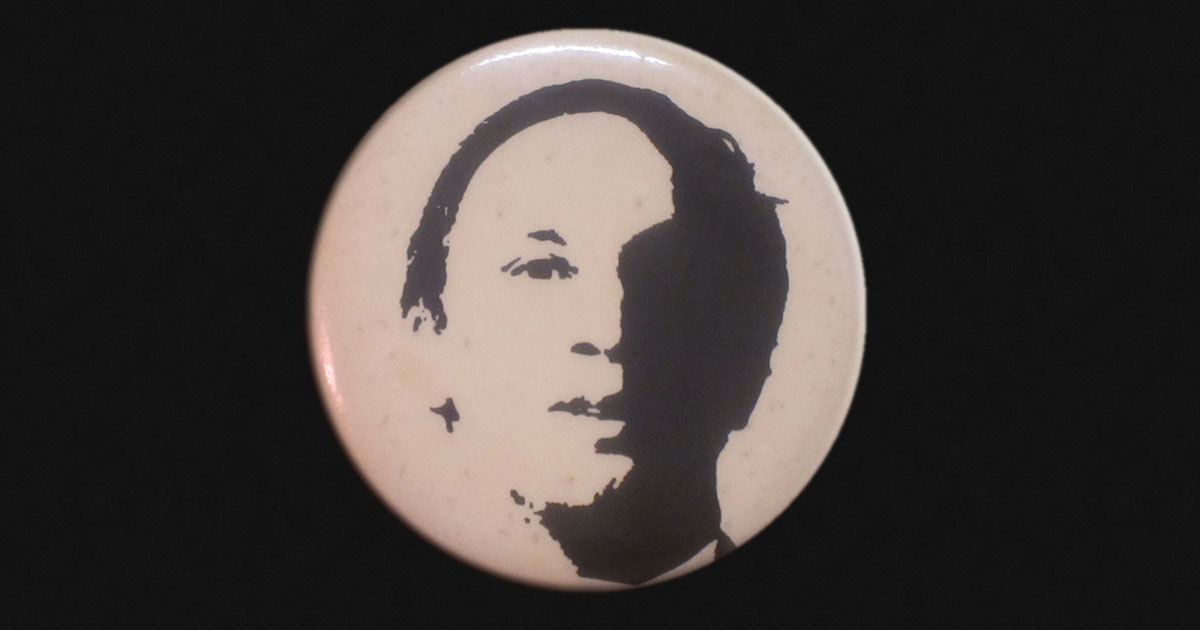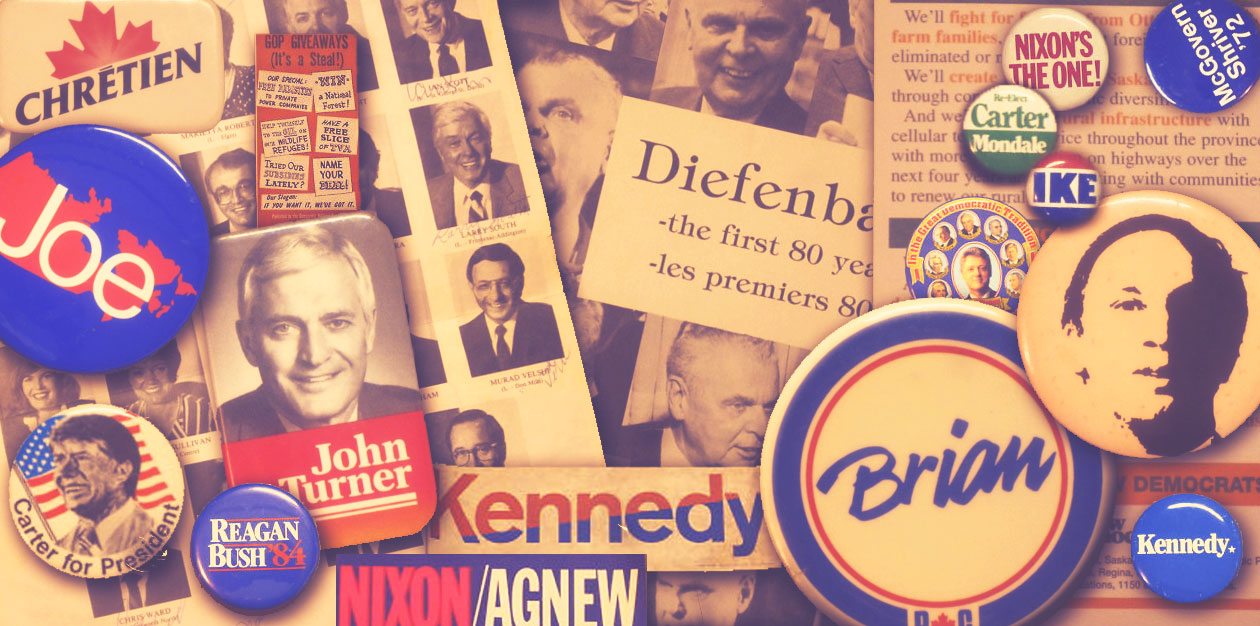
Flynn, Daniel J. A Conservative History of the American Left. 2008, 1st Edition, 456 pages, Dust Jacket, Crown Forum. Signed by the author.
The title of the book is the classic example of “what you see is what you get”. This is exactly what Mr. Flynn does with his work. He’s clearly a conservative, and this is his history of the American left. Mr. Flynn presents snippets of US history. He starts his work before the Declaration of Independence, with the period around the pilgrims. He ends it in the post 9/11 world (which he refers to as the “9/12 left”).
He begins his tale by taking us through a series of experiments in the US where individuals set up communities or communes. In each instance, he points out that the lack of incentive is what led to its failure.
This part takes up a good third of the book. He moves, from there, into the suffragist movement and the anti-slavery movement. He highlights the conflict and contradictions within the two movements.
He moves into the evolution of socialist and communist parties. Within this context, he also discusses the evolution of the New Deal under Franklin Roosevelt (to see Franklin Roosevelt items CLICK HERE). He points out the national security risks created by the left, and that were allowed to be created by the left within the context of these parties within the cold war.
From there, he discusses the anti-war movement, and the various protest/revolutionary groups that popped up at that time, including the Black Panthers and the Weathermen.
He shifts, at this point, to morality, addressing issues such as abortion and the environment. He used these issues as an overall attack on the left and their use of the courts to do things that cannot, in his opinion, do through legislation.
Finally, he addresses the new left in the post 9/11 climate. He views that new left as taking on an anti-American stance, justifying actions taken against the US in this context.
So…should you go out and read this book? He does an excellent job of picking examples of where he feels the left has failed throughout the history of the United States (of course, it’s all a matter of perspective). He’s very selective in the areas that he looks at. It appears that he began with a title and then looked for examples to prove his thesis. Regardless of your ideological leanings, he does present some interesting elements of US history. If you read it with a discerning idea and remember his bias before you start, it can be an enjoyable read. If you’re a conservative looking for ammunition to bolster your own arguments, it will be an enjoyable read. If you’re a supporter of the left, if you’re looking for a positive, in theory, in can provide a guide of what not to do (and, in some instances, what to do). I would not call this a fair history. Having said that, as I said in the beginning, the author states his bias right in the title. This is A Conservative History of the American Left.
To find the book on Amazon CLICK HERE






